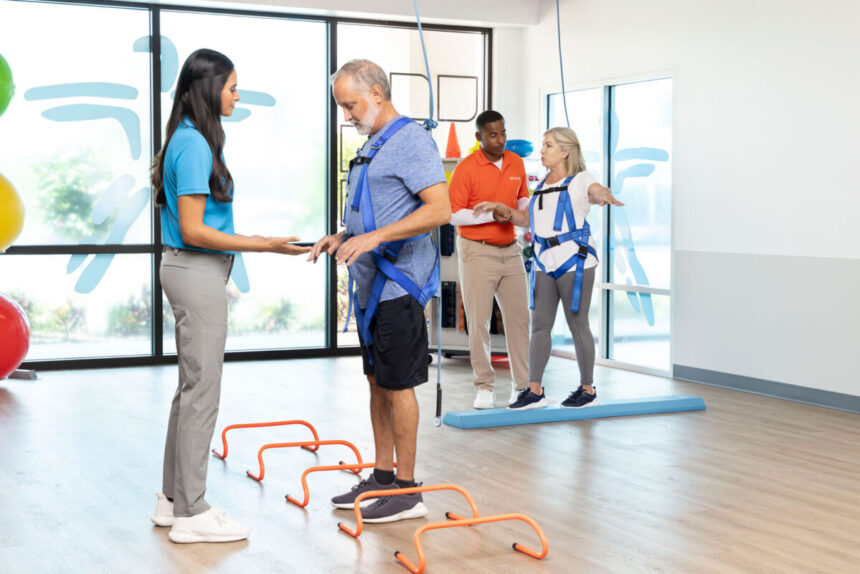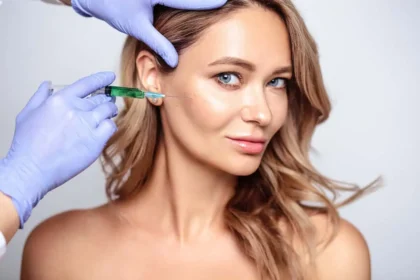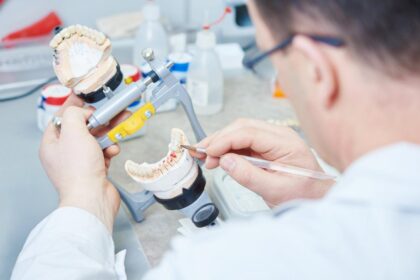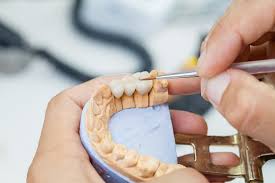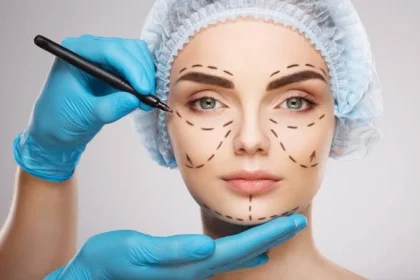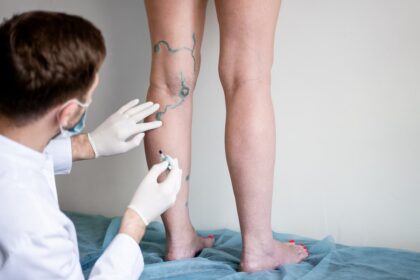Parkinson’s disease is a neurological condition that impacts movement, speech, and daily functioning. Understanding the disease’s characteristics, underlying causes, and available treatment approaches can help individuals navigate their diagnosis and make informed decisions about their care. Here is more information on Parkinson’s disease, from its basic definition to modern treatment strategies:
What Is Parkinson’s Disease?
Parkinson’s disease is a progressive neurological disorder that primarily affects the brain’s ability to control movement. The condition develops when nerve cells in a specific brain region begin to deteriorate or die. These neurons produce dopamine, a chemical messenger that coordinates smooth and controlled muscle movements.
As dopamine levels decrease, the brain struggles to properly regulate movement, and symptoms gradually emerge. The disease typically progresses slowly over many years, though progression rates vary among individuals. While Parkinson’s primarily affects movement, it can also influence cognitive function and other bodily systems as it advances.
What Causes It?
There are several potential contributing factors to Parkinson’s disease. Genetic factors play a role, specifically in familial Parkinson’s disease, which is inherited from the parents. Age is a significant risk factor, as the condition typically develops after age 60. Environmental factors may include exposure to toxins and poisons, such as certain pesticides.
What Are the Symptoms?
Symptoms typically develop gradually and vary between individuals. Motor symptoms represent the most recognizable features of the condition, though non-motor symptoms may appear years before movement problems become apparent. The four primary motor symptoms include tremor, rigidity, bradykinesia (slowness of movement), and postural instability.
Tremor usually begins in one hand or arm while at rest and may spread to other parts of the body over time. Muscle rigidity causes stiffness and can make simple movements feel difficult or painful, while bradykinesia affects the speed and amplitude of voluntary movements. Postural instability develops later in the disease course and increases the risk of falls.
Non-motor symptoms include sleep disturbances, constipation, loss of smell, and cognitive changes. These symptoms may precede motor symptoms and impact quality of life. Voice changes, such as speaking softly or in a monotone, may occur as the disease progresses.
How Can Exercise Help?
Exercise plays a beneficial role in managing symptoms and may help slow disease progression. Regular physical activity can improve balance, flexibility, strength, and coordination while reducing fall risk and maintaining independence. Specific exercise types offer particular benefits for people with this disease, and programs should be tailored to individual needs and abilities.
Aerobic exercise, such as walking, swimming, or cycling, can improve cardiovascular health and overall stamina. Strength training helps maintain muscle mass and bone density, while balance exercises reduce fall risk and improve stability. Flexibility and stretching exercises counteract muscle rigidity and preserve joint range of motion. Professional guidance helps individuals develop appropriate treatment plans and optimize outcomes.
What Does Professional Treatment Involve?
Professional treatment typically involves a multidisciplinary approach focused on managing symptoms and enhancing neurological function. Getting adequate sleep is fundamental for neurological health, as sleep disturbances are common in Parkinson’s disease and can worsen symptoms. Sleep hygiene practices can improve quality of life and support the brain’s natural repair processes. Some individuals may benefit from intravenous (IV) therapy, which delivers nutrients and antioxidants directly into the bloodstream.
Explore Regenerative Medicine
Regenerative medicine is a field of treatment that focuses on supporting the body’s natural healing processes. This approach emphasizes lifestyle modifications and therapies that help maintain neuronal health and overall well-being. If you or someone you know has received a Parkinson’s disease diagnosis, explore comprehensive treatment options that combine traditional medical care with supportive therapies.


